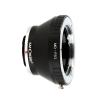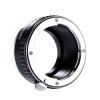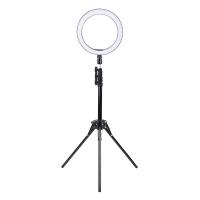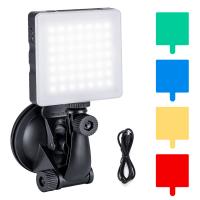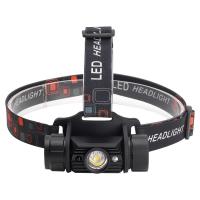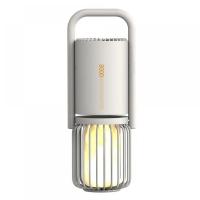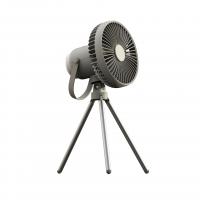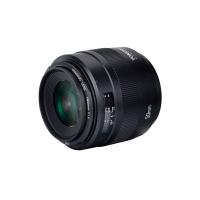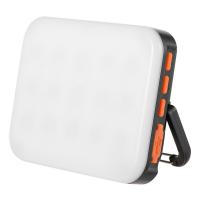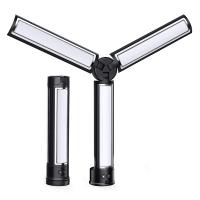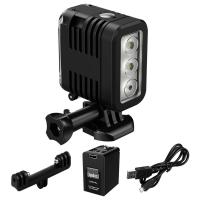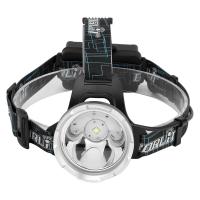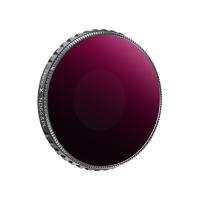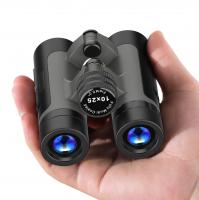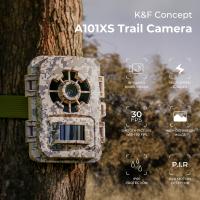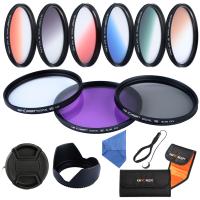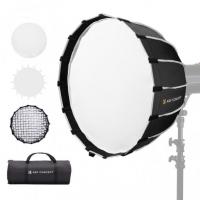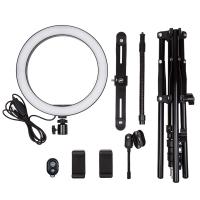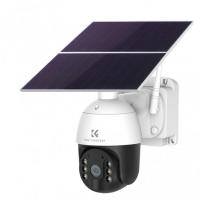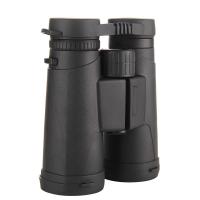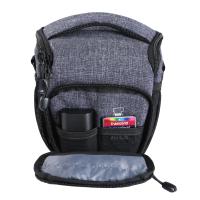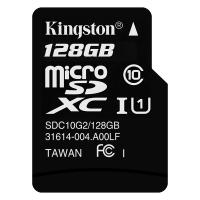What Is The Best Strobe Lighting For Photography?
When it comes to photography, lighting is paramount, and strobe lighting is one of the most versatile and powerful tools at a photographer’s disposal. Yet, many photographers, both amateur and professional, often grapple with the question, “What is the best strobe lighting for photography?” The answer isn't straightforward due to the diverse needs and different types of photography practices.
In this article, we will break down the various key aspects to consider when choosing strobe lighting, highlight some of the top strobes in the market, and conclude with practical steps to make a well-informed decision. From portrait photography to commercial shoots and everything in-between, we’ve got you covered.
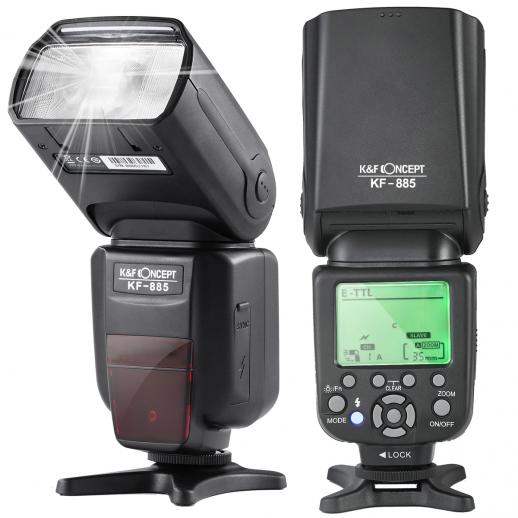
Understanding Strobe Lighting
Strobe lights emit a flash of bright light and are primarily used in studio photography. Unlike continuous lighting, which remains on for the entire duration of the shoot, strobe lighting produces a quick, powerful burst of light. This burst can freeze motion, highlight details, and create a variety of dynamic lighting effects. Whether used as a primary light source or in conjunction with natural light, strobe lights offer precise control over the lighting setup in photography.
Key Considerations When Choosing Strobe Lighting
1. Power Output
The power output of a strobe light is measured in watt-seconds (Ws) or joules (J). Depending on the kind of photography, you might require different power levels. For studio work, strobes with higher power, like 500Ws and above, can be advantageous as they provide more light output and flexibility. Location shooting might benefit from lower power strobes due to portability.
2. Recycling Time
Strobe lights need a few moments to recharge between flashes, known as the recycling time. Professional shoots often benefit from strobes with quick recycling times (under 1 second), ensuring no shots are missed.
3. Light Quality & Modifiers
The quality of light emitted by the strobe and the accessories available to modify this light (softboxes, beauty dishes, etc.) are also essential. Some strobes are compatible with a wide range of modifiers, enhancing their versatility.
4. Color Consistency
Consistent color output is crucial, especially for commercial photography where color accuracy is imperative. High-end strobes tend to offer superior color consistency compared to budget options.
5. Portability
For location shoots, the portability of the strobe lighting system is key. Battery-powered strobes are beneficial here, eliminating the need for cumbersome power cords and allowing greater freedom in choosing shooting locations.
6. Build Quality
Professional photographers may use their strobes frequently, necessitating a build that can withstand such use. Seek out robust, reliable models from reputable brands.
7. Cost-Effectiveness
The price of strobe lighting systems can vary widely. While investing in higher-end models can yield better performance and durability, ensure it fits within your budget and meets your specific needs.
Top Strobe Lights in the Market
1. Profoto B10
Widely regarded among professionals, the Profoto B10 offers a powerful flashlight of 250Ws in a compact and portable package. It has excellent color consistency, quick recycling time, and is compatible with a range of lighting modifiers. Its built-in battery makes it perfect for location shooting. However, its higher price point might be a constraint for some.
2. Godox AD200Pro
The Godox AD200Pro provides a versatile option at an affordable price. With 200Ws of power, it’s suitable for both studio and location shooting. It offers decent recycling times and has a range of compatible modifiers. The AD200Pro also provides good color accuracy, making it a popular choice among semi-professional and hobbyist photographers.
3. Broncolor Siros 800 L
Known for its exceptional build quality and high power output of 800Ws, the Broncolor Siros 800 L is a professional’s dream. It features quick recycling times, reliable color consistency, and a robust design. Its compatibility with various light modifiers enhances its appeal. The main drawback is its steep price.
4. Elinchrom ELC 500
The Elinchrom ELC 500 is a mid-range option offering 500Ws of power with impressive recycling times and solid color accuracy. It supports a broad spectrum of light modifiers and features a durable build, making it suitable for both studio and location work. It balances performance and price effectively.
5. Neewer Vision4
For those on a tight budget, the Neewer Vision4 provides a viable entry-level option. With 300Ws and a battery-powered setup, it’s versatile for various shooting scenarios. Its slower recycling time and less consistent color output are its main limitations, but it remains a solid choice for novice photographers exploring strobe lighting.
Making the Decision
Choosing the best strobe lighting ultimately depends on your specific requirements and constraints. Here are practical steps to help you decide:
1. Evaluate Your Photography Style
Identify whether you primarily work in studios or on location, the types of subjects you shoot, and the level of portability you need.
2. Assess Budget
Determine how much you are willing to invest. While quality is often tied to price, there are reliable mid-range options available that balance cost with performance.
3. Consider Long-Term Use
Think about how frequently you will use the strobe lighting and whether your needs might evolve. Investing slightly more in a robust, flexible system could be beneficial long-term.
4. Test Before Buying
If possible, test the strobe lights within the context you would be using them. This firsthand experience can provide invaluable insights into whether the system meets your needs.
5. Read Reviews and Seek Opinions
Consult reviews from other photographers and seek recommendations from professional communities. Peer insights can help identify potential issues or benefits not immediately apparent.
Conclusion
Selecting the best strobe lighting for photography is an essential decision that can significantly impact the quality and creativity of your work. By considering factors such as power output, recycling time, portability, and budget, and by comparing leading strobe lights on the market, you can make a well-informed choice. Always align your selection with your specific photography needs and future ambitions to ensure you achieve the best possible results. Whether you are starting with entry-level options like the Neewer Vision4 or opting for high-end models like the Profoto B10, having the right strobe lighting can elevate your photography to new artistic heights.

